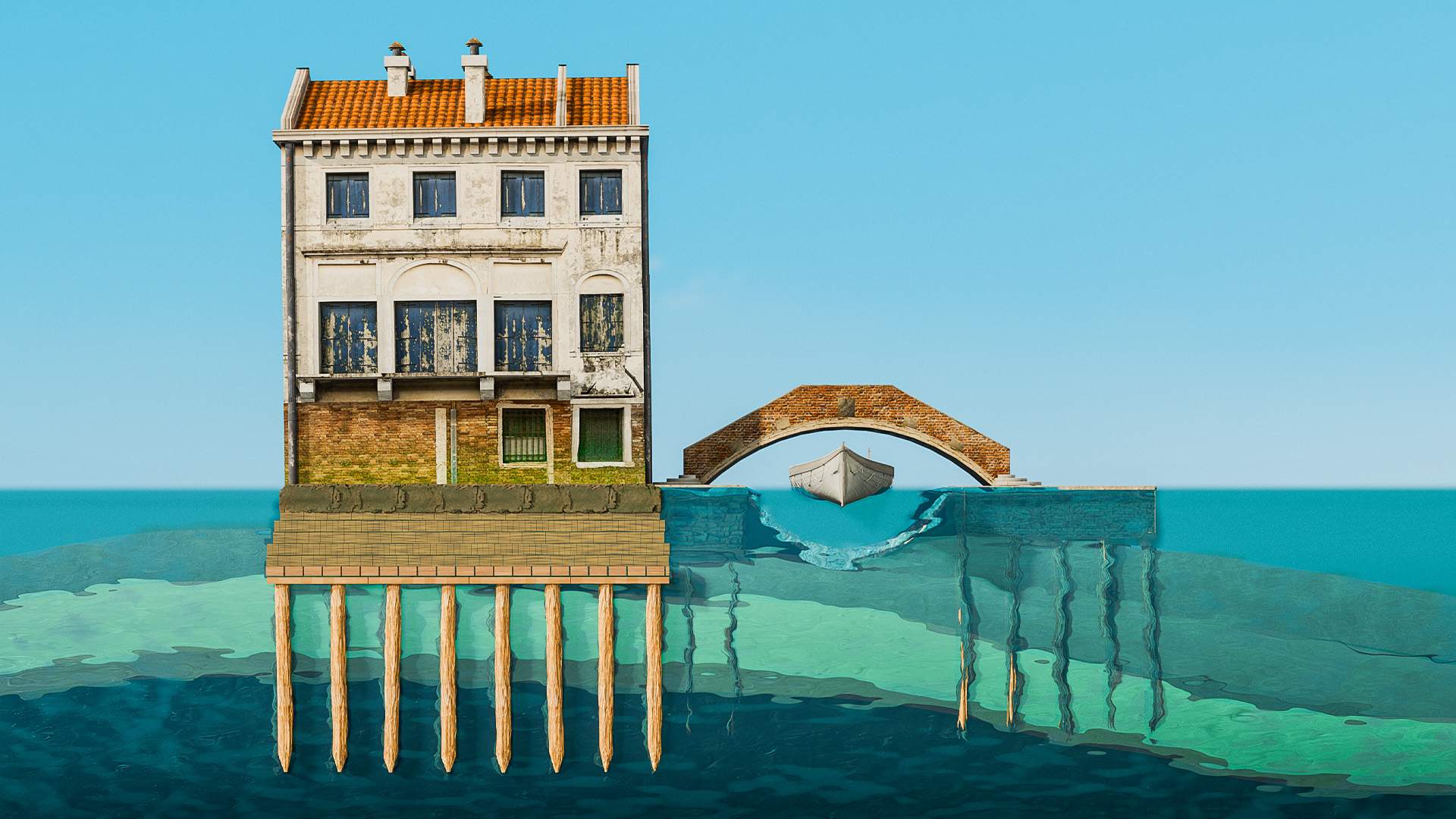The Ingenious Engineering of Venice: A Historical Overview
How Was Venice Built? The Medieval Engineering Behind Venice - Primal Nebula 🔗

Venice's remarkable construction began in 452 AD when refugees sought safety in a lagoon after the fall of the Roman Empire. Despite challenging conditions, the Venetians transformed marshy islands into a prosperous city through innovative engineering. They created stable foundations using timber piles and constructed buildings with strict regulations to prevent sinking. Over time, bridges connected the islands, enhancing accessibility and commerce. To address the fresh water shortage, they ingeniously collected rainwater, while waste management systems were developed to maintain cleanliness. Efforts to redirect rivers prevented silt buildup in the canals. Today, Venice remains an enduring testament to medieval engineering.
- Refugees fled to a lagoon in 452 AD, leading to the creation of Venice.
- Timber piles were used for stable foundations, allowing for construction on soft clay.
- Bridges facilitated transportation and trade, making Venice a commercial hub.
- Rainwater collection systems were developed to address freshwater shortages.
- Underground tunnels were built for waste management, utilizing tidal flows for cleanliness.
What were the main challenges Venice faced when it was being built?
The main challenges included unstable marshy ground, lack of fresh water, and the need for effective waste management.
How did Venetians manage their fresh water supply?
They built squares to collect rainwater, creating a system where gutters from buildings directed water into wells.
What was the solution to waste management in Venice?
The Venetians constructed underground tunnels to collect waste, which would be flushed into the canals by the rising tide, keeping the streets clean.